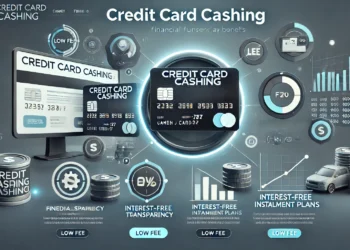RevedTV streamings are more than just gameplay videos; they are a source of inspiration and entertainment for countless viewers. The dedication and enthusiasm that RevedTV pours into their streams shine through, creating a connection that transcends the screen. With a perfect blend of skill, humor, and genuine interaction, RevedTV’s streams have become a staple for gaming enthusiasts. Whether you’re a seasoned gamer seeking pro-level strategies or a newcomer looking for entertaining content, RevedTV’s streams offer something for everyone. Join the adventure and witness the magic of RevedTV’s streamings unfold before your eyes.
Introduction
In an age where sustainability is paramount, circular product design has emerged as a powerful approach to reduce waste and environmental impact. This design methodology focuses on creating products that follow a circular economy model, where resources are reused, recycled, or repurposed. In this article, we will explore the significance of circular product design, its principles, and how it is shaping a more sustainable future.
The traditional “take-make-dispose” model of production and consumption is no longer sustainable in a world facing environmental challenges. Circular product design offers an alternative approach that aligns with the principles of a circular economy, where resources are kept in use for as long as possible.
The Challenge of Linear Economy
In a linear economy, products are manufactured, used, and then discarded as waste. This model depletes natural resources, generates vast amounts of waste, and contributes to environmental degradation. Circular product design seeks to break this linear cycle.
What Is Circular Product Design?
Circular product design is an approach that focuses on creating products with a long lifespan, minimal environmental impact, and a clear plan for end-of-life disposal. It aims to keep products and materials in circulation, thereby reducing waste and conserving resources.
Key Principles of Circular Product Design
To achieve circularity, designers and manufacturers follow several key principles:
Design for Durability
Products are designed to last, with an emphasis on robust construction and materials that can withstand extended use.
Use of Recyclable Materials
Circular products use materials that can be easily recycled or repurposed at the end of their life cycle.
Minimalist Design
Simplicity in design reduces complexity, making products easier to maintain, repair, and recycle.
Modular Components
Products are designed with modular components, allowing for easy replacement or repair of individual parts.
Product as a Service
Some circular models involve offering products as services rather than selling them outright. Customers lease or rent products, and manufacturers retain ownership, ensuring proper maintenance and recycling.
Benefits of Circular Product Design
Waste Reduction
Circular product design significantly reduces waste generation by extending product life and promoting recycling.
Resource Conservation
By using recyclable materials and reducing the need for new resources, circular product design conserves natural resources.
Cost Savings
Designing products for durability and easy maintenance can lead to cost savings for both consumers and manufacturers.
Enhanced Brand Reputation
Brands that embrace circularity are viewed favorably by consumers who value sustainability, enhancing their reputation and attracting eco-conscious customers.
Regulatory Compliance
Circular product design aligns with environmental regulations and standards, reducing the risk of non-compliance.
Challenges and Implementation
Implementing circular product design can be challenging due to factors such as initial costs, consumer behavior, and infrastructure limitations. However, as awareness of sustainability grows, more businesses are adopting circular practices.
Conclusion
Circular product design represents a crucial step toward a more sustainable and circular economy. By focusing on durability, recyclability, and minimalism in design, businesses can reduce waste, conserve resources, and reap financial benefits. As the world shifts toward a more sustainable future, circular product design plays a pivotal role in shaping a world where products are designed with the environment in mind, contributing to a healthier planet and a more responsible approach to consumption and production.
References:





